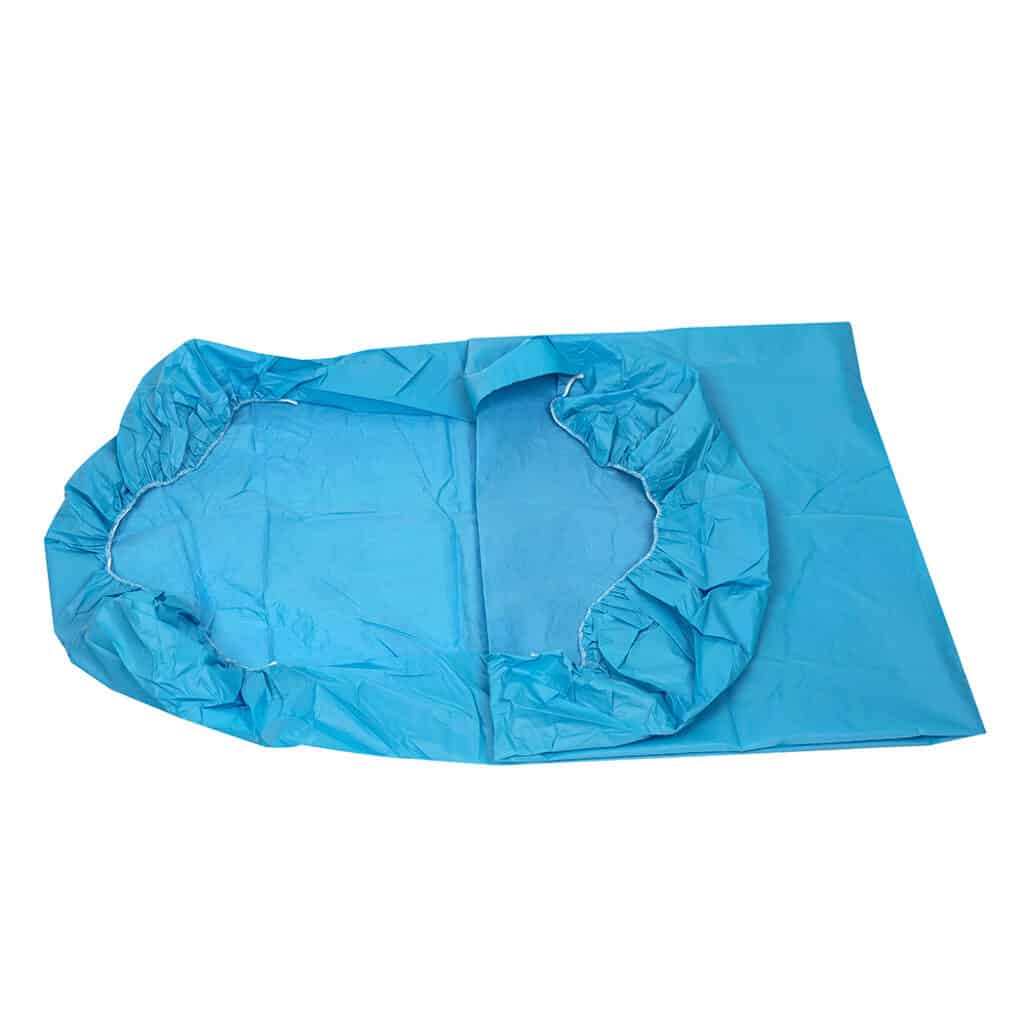Introduction
Have you ever wondered how to choose the perfect disposable linen for your needs? Whether you’re running a hotel, hospital, or just planning a camping trip, selecting the right disposable linen is crucial. In this guide, we’ll dive into the world of disposable linen materials like PP, SMS, Spunlace, and their coated variants, exploring how they can revolutionize your bedding experience.
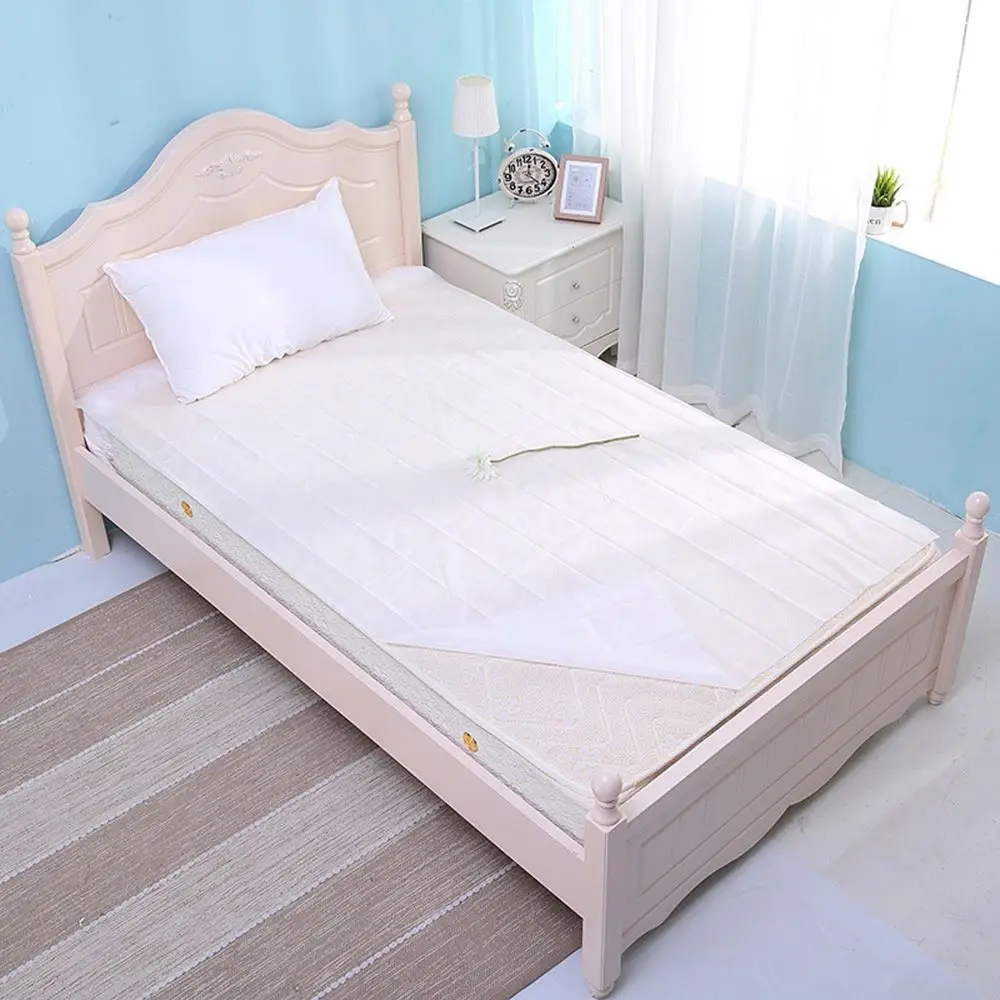
Understanding Disposable Linen Materials
Understanding the materials used in disposable linen is key to choosing the right product for your needs. Let’s delve into the world of PP (Polypropylene), SMS (Spunbond Meltblown Spunbond), and Spunlace, each playing a pivotal role in the quality and functionality of disposable linen products.
PP (Polypropylene): This material is renowned for its lightweight yet durable nature. PP is often the go-to choice for basic disposable linen due to its strength and cost-effectiveness. It’s particularly suitable for situations where a balance between durability and disposability is needed. PP’s resistance to tearing and moisture makes it a practical choice for everyday use in various settings.
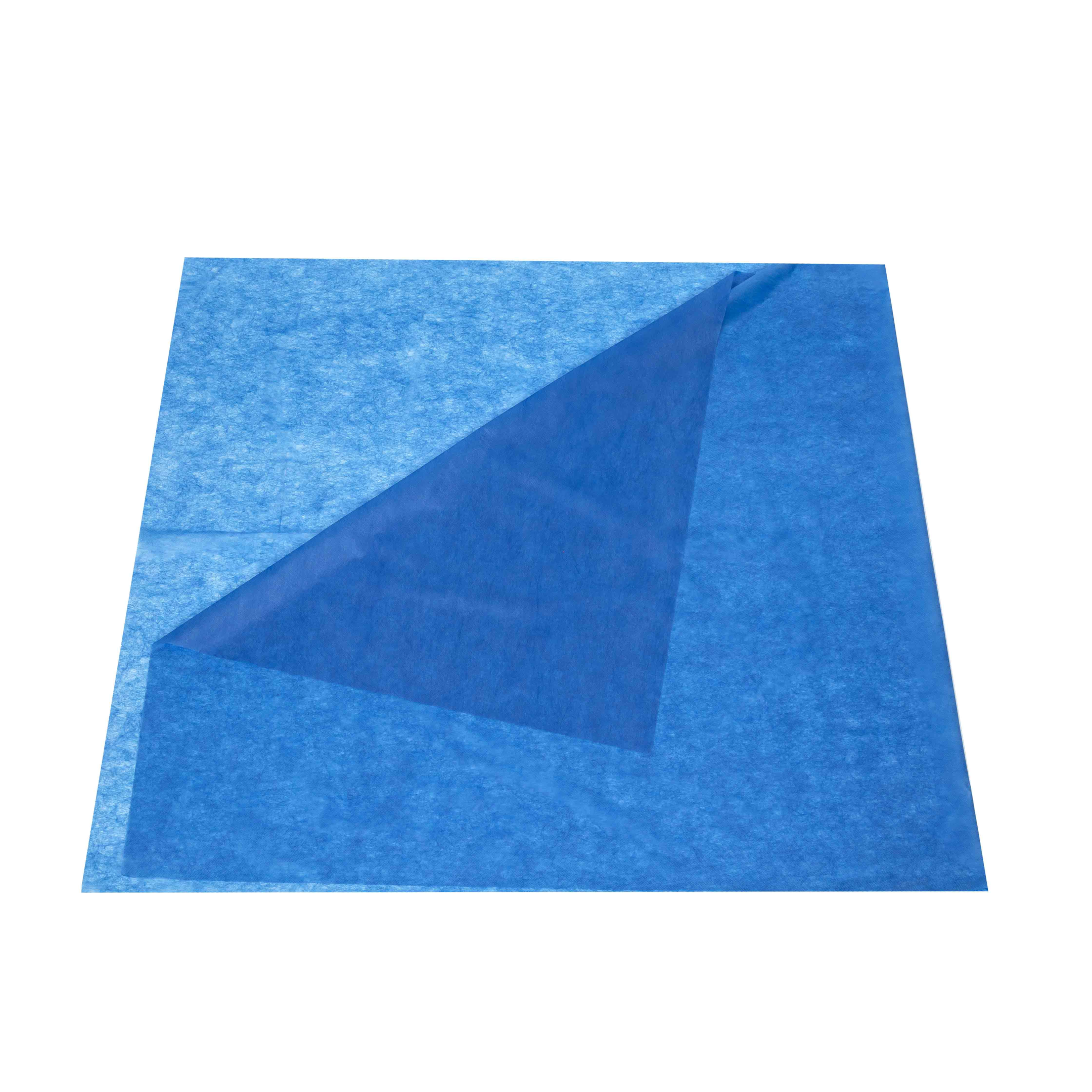
SMS (Spunbond Meltblown Spunbond): SMS takes the game up a notch with its exceptional fluid resistance. Comprising layers of spunbond polypropylene and a meltblown middle layer, SMS is designed for scenarios where liquid exposure is a concern. Its unique structure creates a barrier against fluid penetration, making it an ideal material for medical environments where infection control and patient protection are paramount.
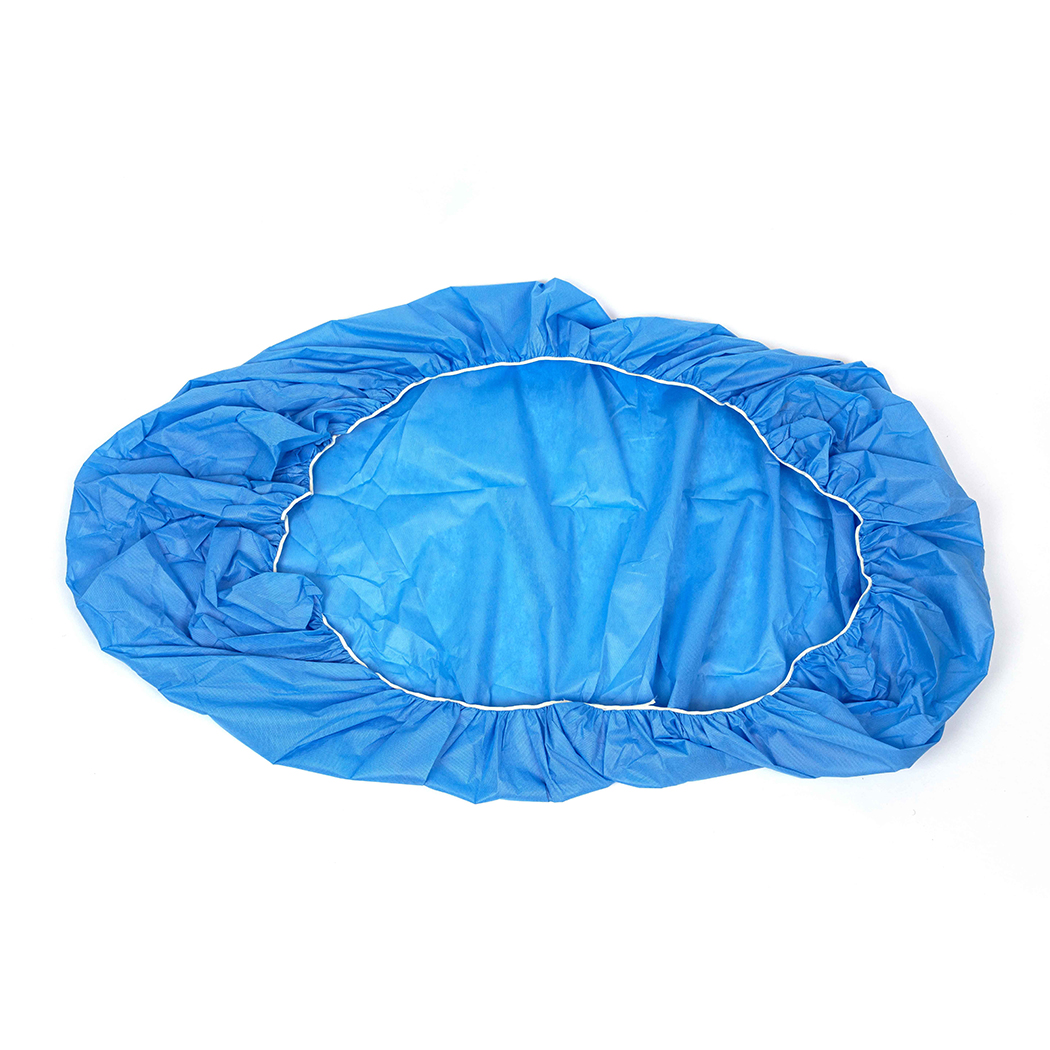
Spunlace: For those seeking a softer, more cloth-like feel, Spunlace is the answer. This material is created through a hydro-entanglement process, bonding fibers together without the need for binders or additives. The result is a fabric that’s gentle on the skin, making it perfect for applications where comfort is as crucial as hygiene, such as in spa or beauty settings.
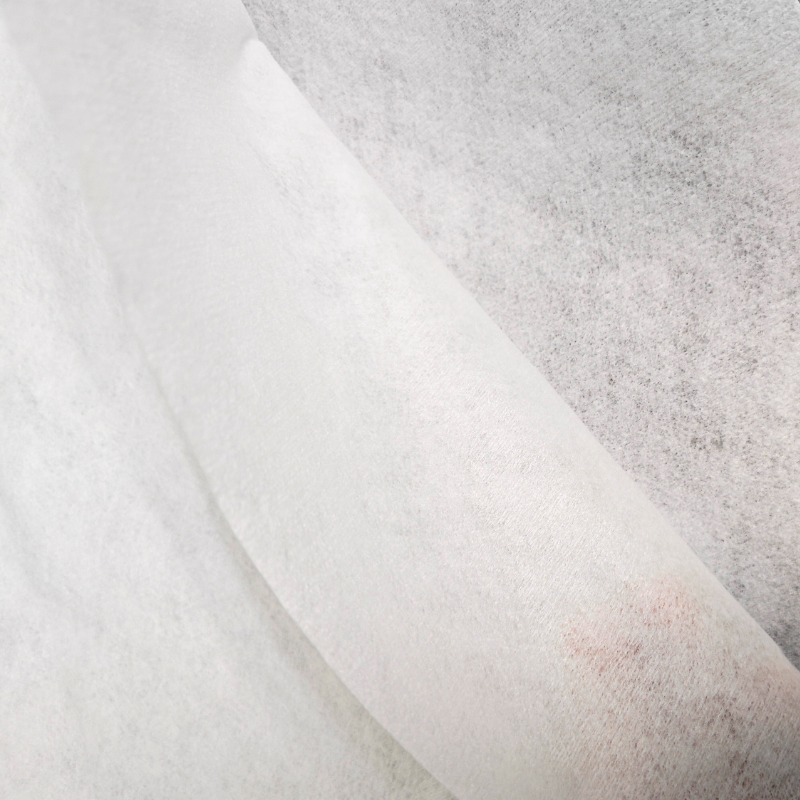
When we talk about coated materials like PP coated PE (Polyethylene) and microporous films, we’re looking at materials designed for enhanced liquid protection. These coatings provide an additional barrier, making the linen impermeable to fluids and ideal for high-risk environments where spillage or contamination is a concern.
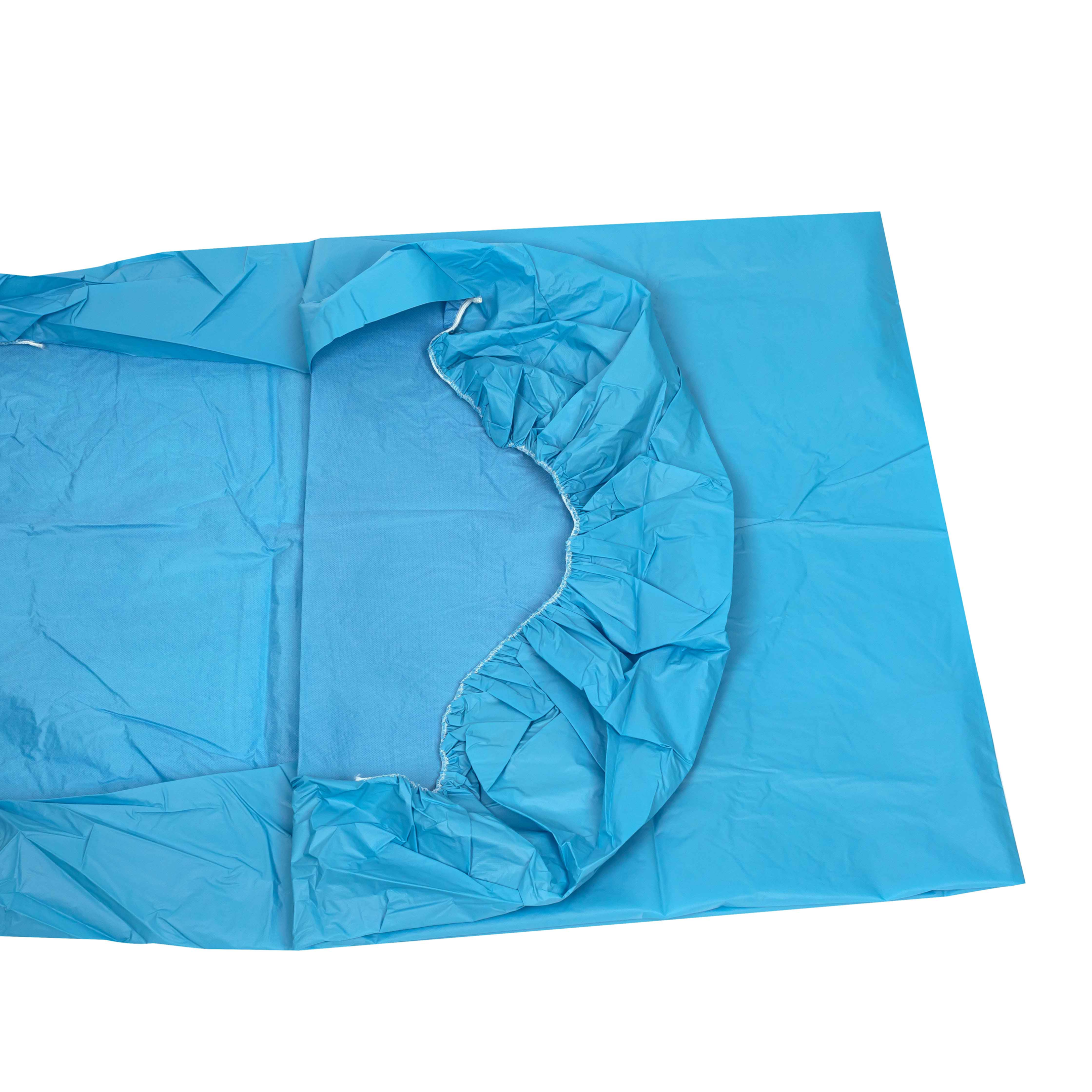
These coated versions are especially valuable in hospital settings or laboratories, where the risk of exposure to harmful substances is high. They ensure that the underlying fabric retains its integrity, even when exposed to liquids, thereby maximizing protection and maintaining hygiene standards.

The Rise of Disposable Bed Sheets
Disposable bed sheets are no longer just a novelty; they’ve become a staple in places like hospitals and hotels, where hygiene is paramount. What makes them so appealing? Primarily, their ability to aid in infection control. These sheets can be changed quickly and efficiently, minimizing the risk of cross-contamination. And for the travel-savvy or those in the hospitality industry, their convenience is unmatched. No laundering, no long drying times – just simple, effective bedding solutions.
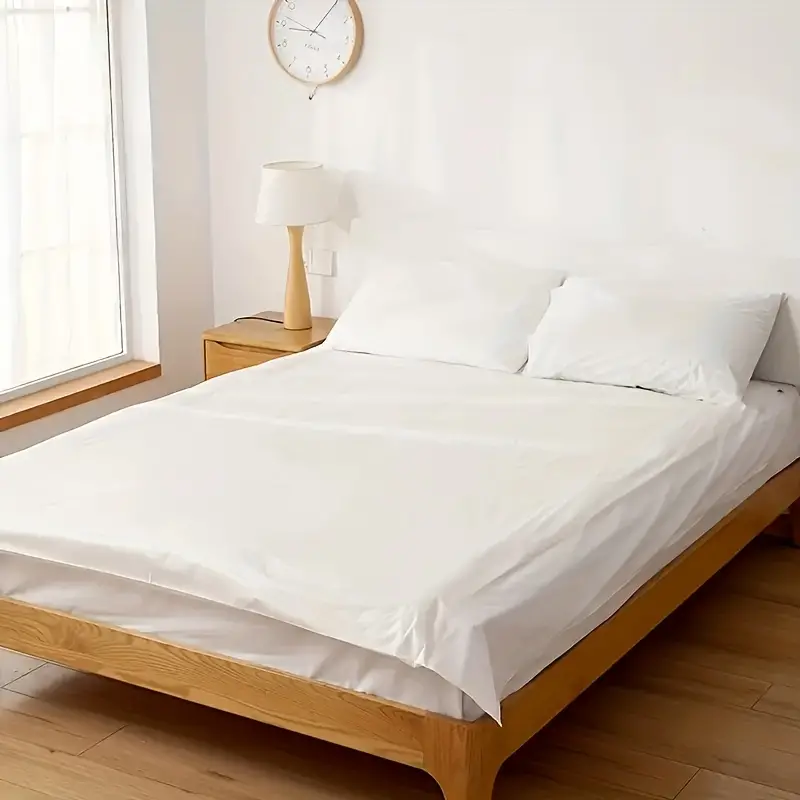
Types of Disposable Sheets
The realm of disposable sheets is diverse, catering to a wide array of needs and settings. Let’s explore the various types available and understand how each serves a unique purpose:
- Basic Flat Sheet: These are the simplest form of disposable sheets. Designed for single use, they are perfect for scenarios where a quick and hygienic bedding change is needed. Flat sheets are commonly used in hospitals, clinics, and emergency care settings, where cleanliness and rapid turnover are crucial. They’re also popular in hostels or budget accommodations.
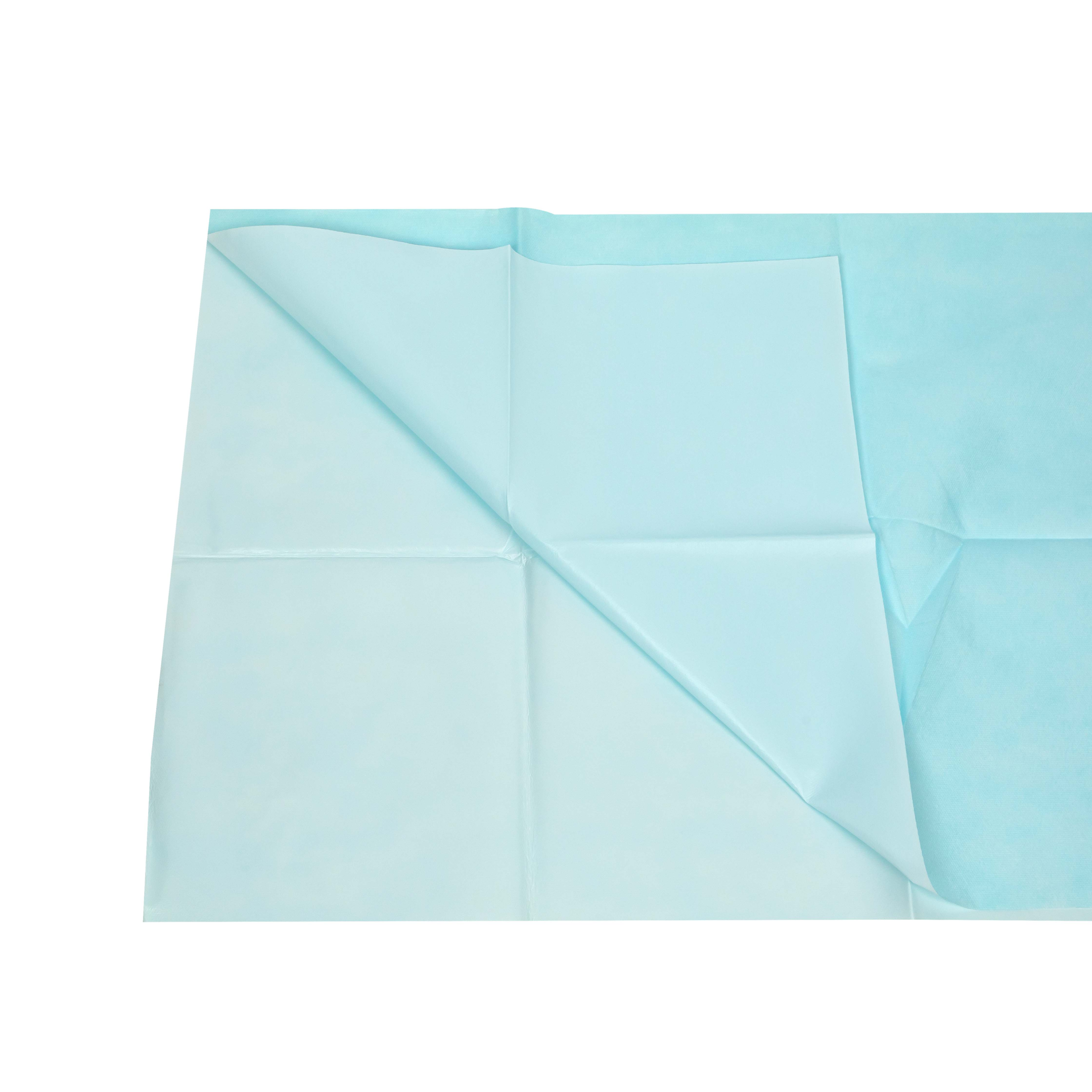
- Fitted Sheets: Much like their traditional counterparts, disposable fitted sheets are designed to snugly cover the mattress. Their elastic edges ensure they stay in place, making them suitable for more active environments or for guests who might move around a lot in their sleep. They’re a convenient choice for hotels and guest houses.
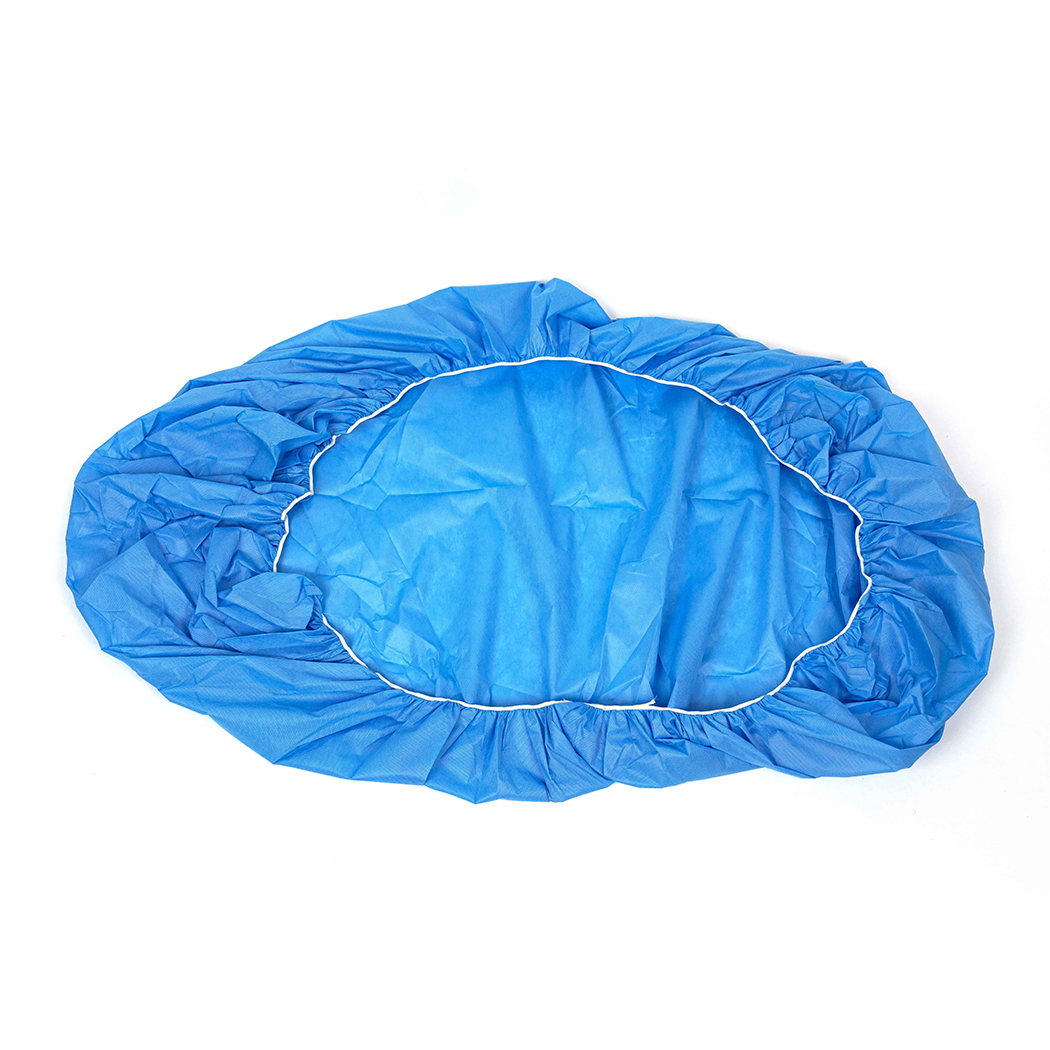
- Bed Sheet Rolls: Bed sheet rolls are a practical solution, especially in settings where efficiency and flexibility are key. These rolls consist of a continuous sheet of material that can be cut to any length, making them suitable for beds of varying sizes or for other purposes like covering examination tables in medical clinics. This format reduces waste as you only use what you need. Bed sheet rolls are particularly convenient for places with high turnover or diverse bedding needs.
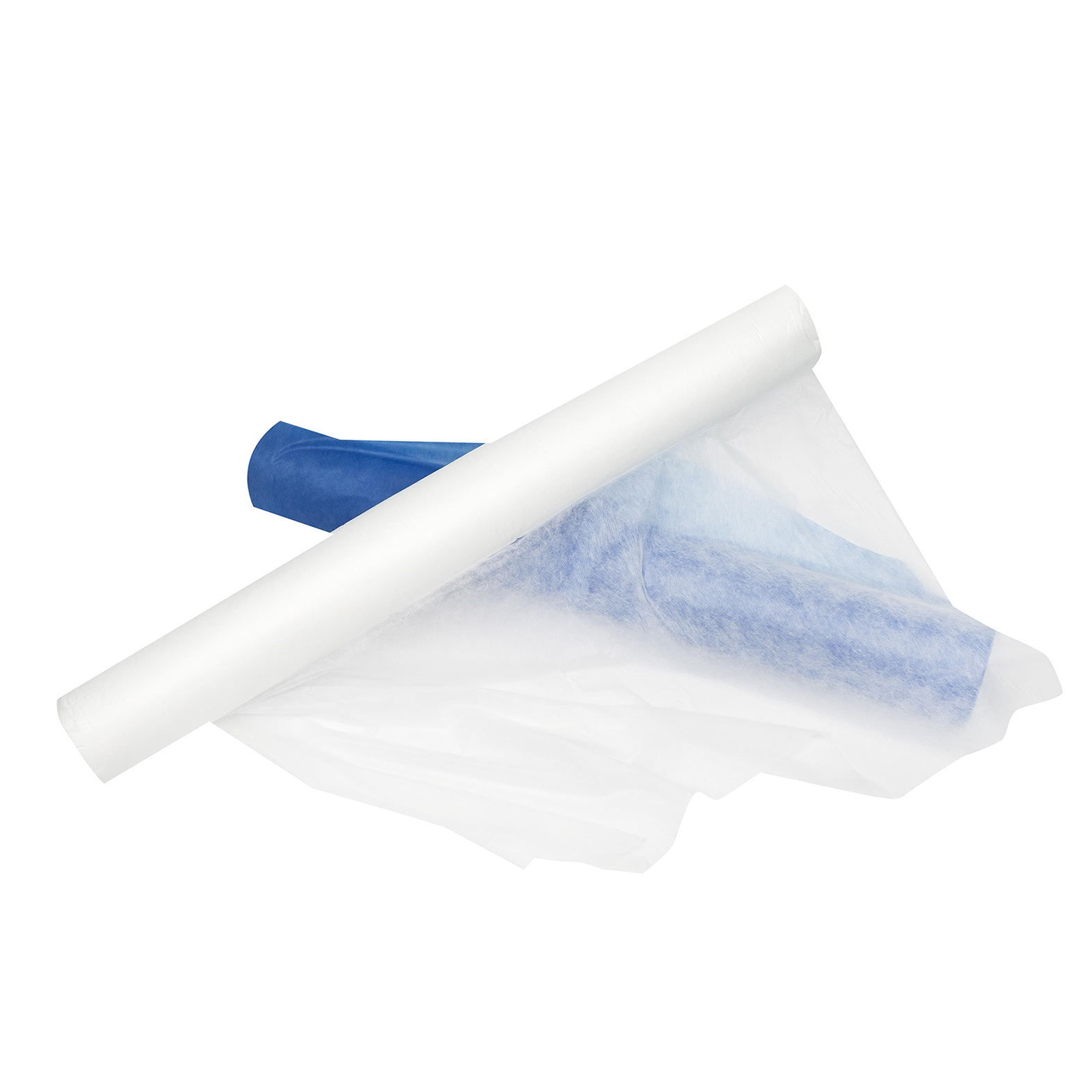
- Pillowcase Sets: To complement disposable sheets, pillowcase sets are often used for a complete bedding solution. They are particularly important in healthcare settings for maintaining hygiene around the patient’s head and face, an area particularly susceptible to the spread of pathogens.
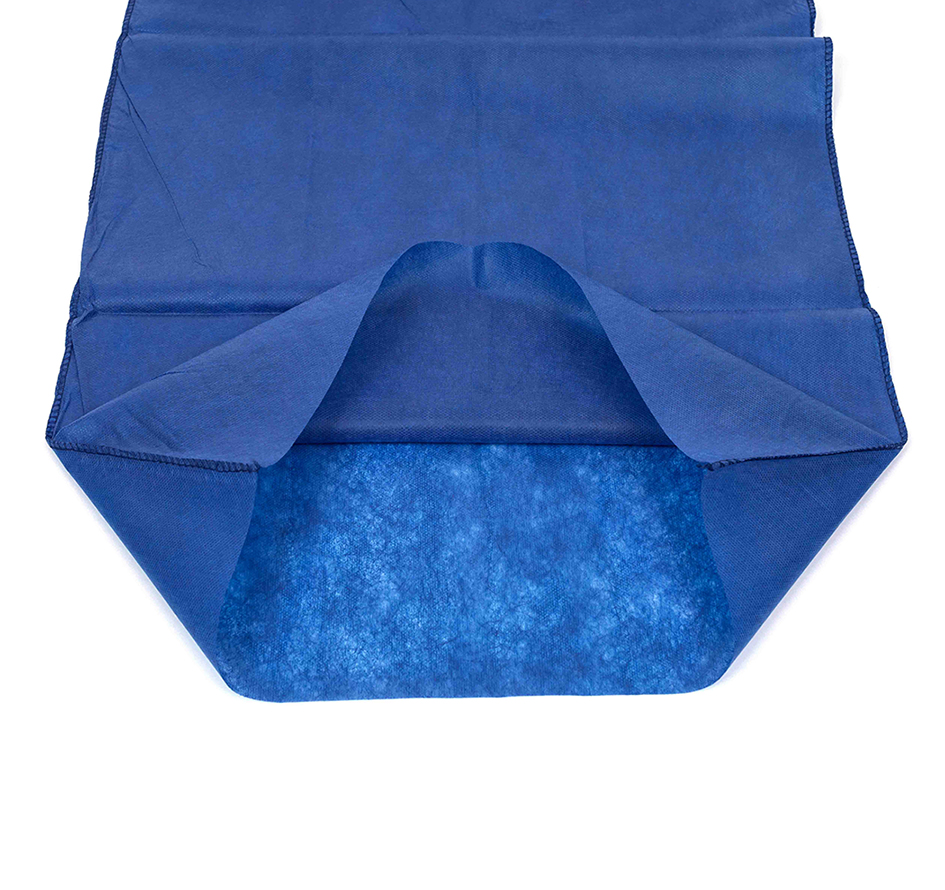
- Disposable Bedding Set: For a more comprehensive solution, disposable bedding sets include flat or fitted sheets, pillowcases, and sometimes even disposable duvet covers. These sets are ideal for places like hotels or Airbnb rentals, where providing a fresh, clean, and hygienic sleeping environment with each new guest is essential.
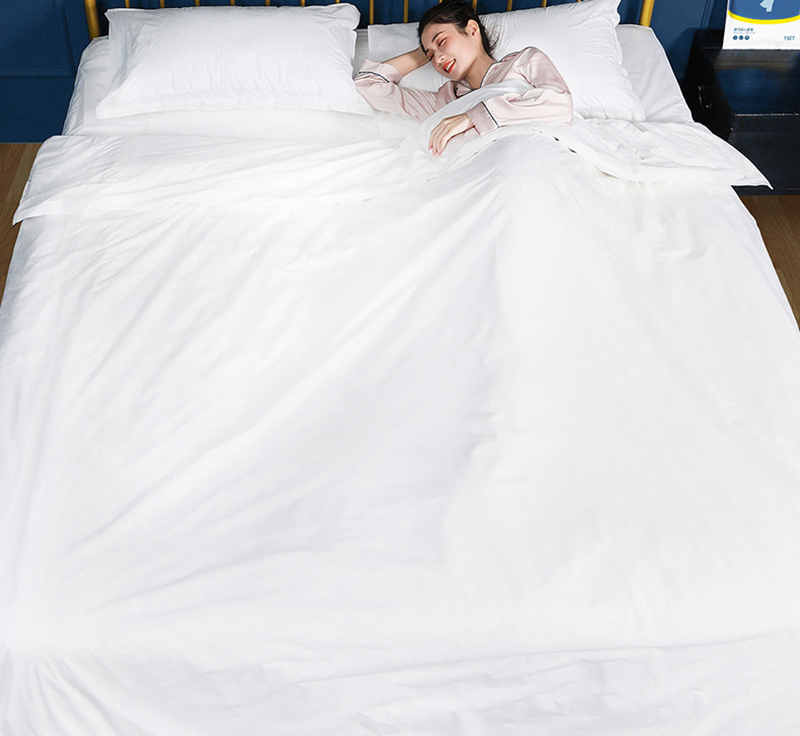
- Specialized Sheets: Some disposable sheets are designed with specific purposes in mind, like waterproof sheets for incontinence or sheets with advanced infection control properties for high-risk medical environments. These specialized sheets often incorporate materials like absorbent PP coated waterproof film or PP coated microporous film for added protection.
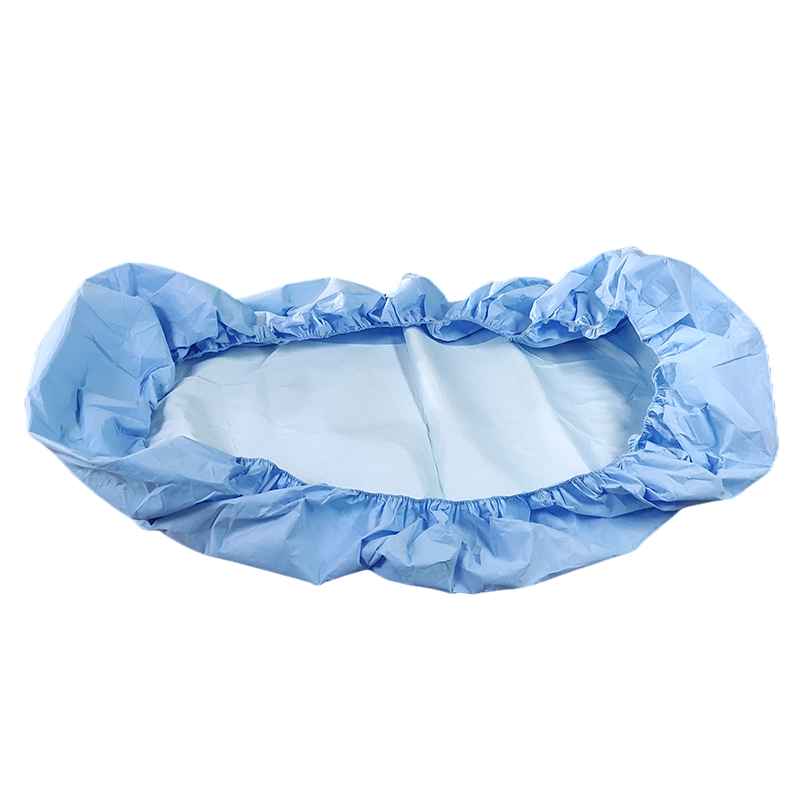
- Disposable Sheets for Spas and Beauty Salons: In the beauty industry, disposable sheets are used not only for hygiene but also for providing a fresh experience for each client. These sheets are often softer and more luxurious, enhancing the overall customer experience.
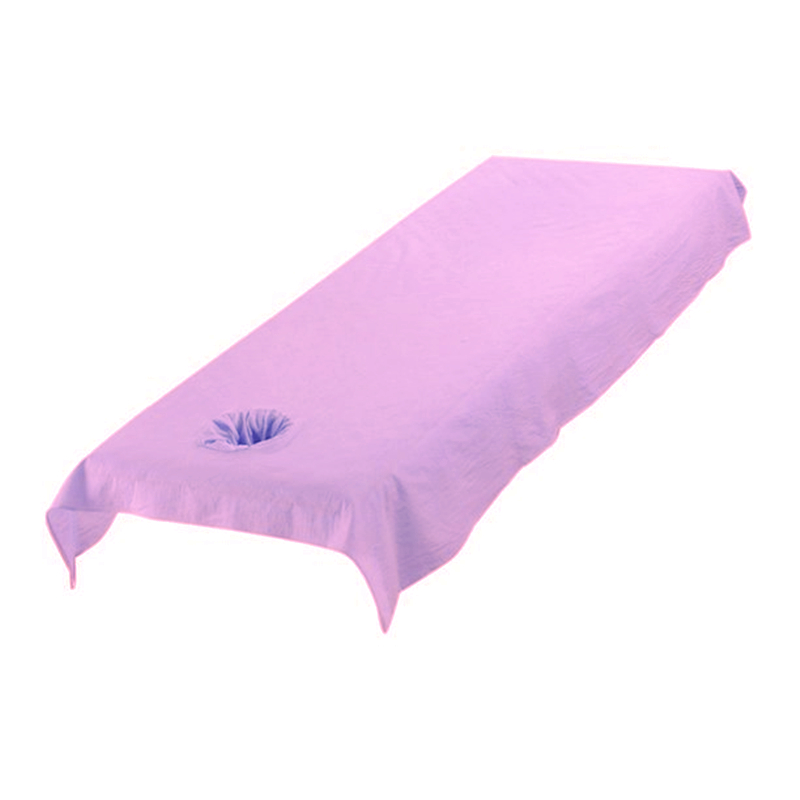
- Eco-Friendly Options: With growing environmental concerns, there are now biodegradable and eco-friendly disposable sheets available. These sheets are designed to break down more quickly than traditional plastics, reducing their environmental impact.
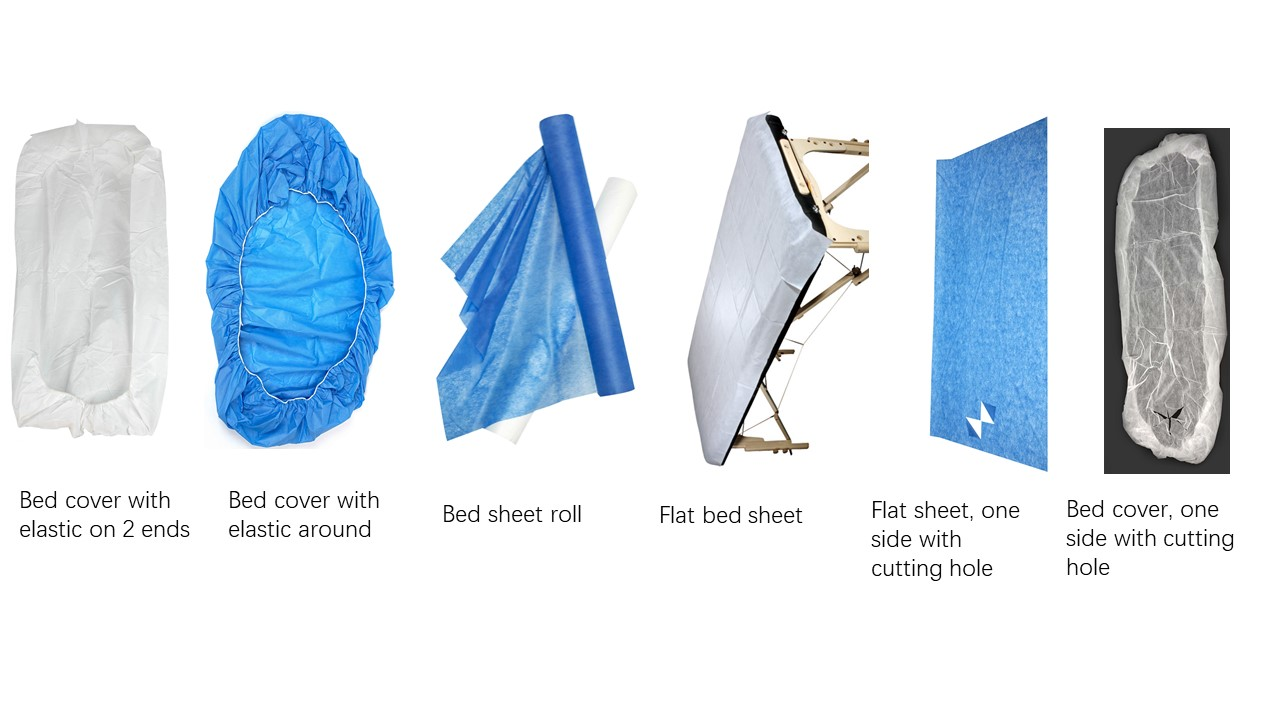
Each type of disposable sheet has been crafted to meet specific needs, whether it’s for a one-night stay, a luxurious spa experience, or critical healthcare requirements. The beauty of disposable sheets lies in their versatility and ability to offer hygienic, convenient solutions across various industries. As we continue to prioritize cleanliness and safety, especially in shared or public spaces, the role of disposable sheets becomes increasingly vital.
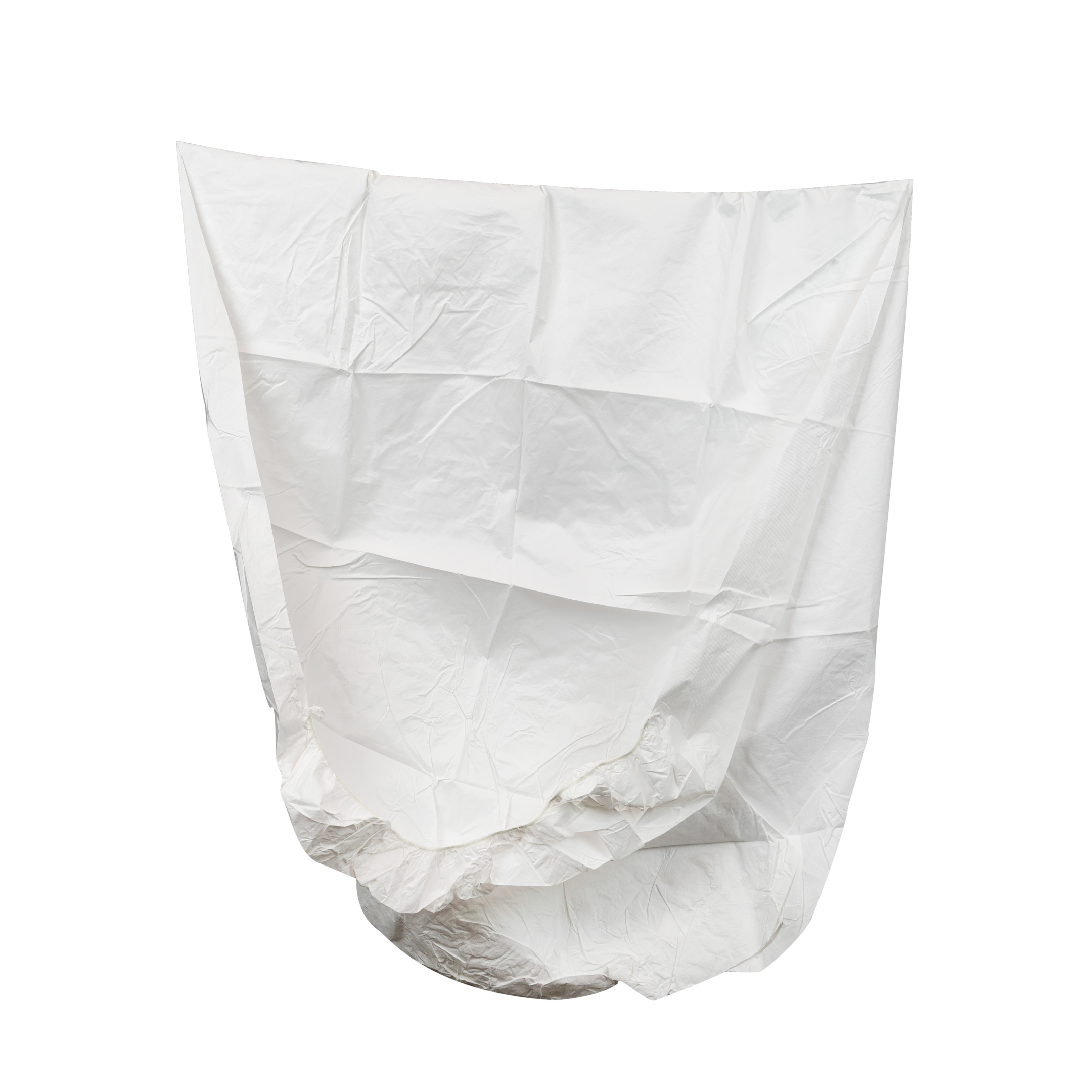
Advantages of Disposable Bedding
The use of disposable bedding offers a multitude of benefits, especially in settings where cleanliness and efficiency are paramount. Here are some of the key advantages:
- Hygiene and Infection Control: Perhaps the most significant benefit of disposable bedding is its contribution to a clean and sanitary environment. In healthcare settings, where the risk of infection and cross-contamination is high, disposable bedding is a game-changer. By using bedding that can be disposed of after each patient, healthcare facilities significantly reduce the risk of spreading germs and infections.
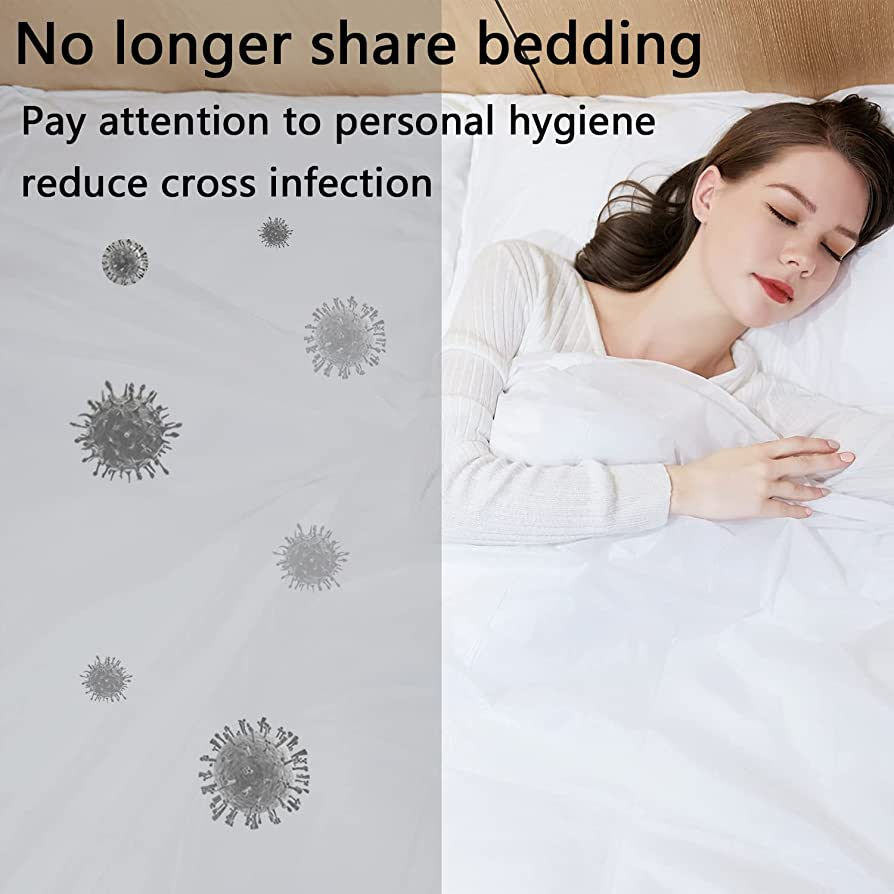
- Time and Labor Savings: In places like hospitals and hotels, where beds need to be changed frequently, disposable bedding can save a considerable amount of time and labor. Traditional laundering processes are time-consuming and labor-intensive, involving washing, drying, and ironing. Disposable bedding eliminates these steps, allowing staff to focus on other important tasks.

- Cost-Effectiveness: While disposable bedding might seem more expensive at first glance, it can actually be cost-effective in the long run. The savings in water, electricity, laundry detergents, and staff labor often offset the cost of the disposables. For facilities that experience high turnover or have a large number of beds, these savings can be substantial.
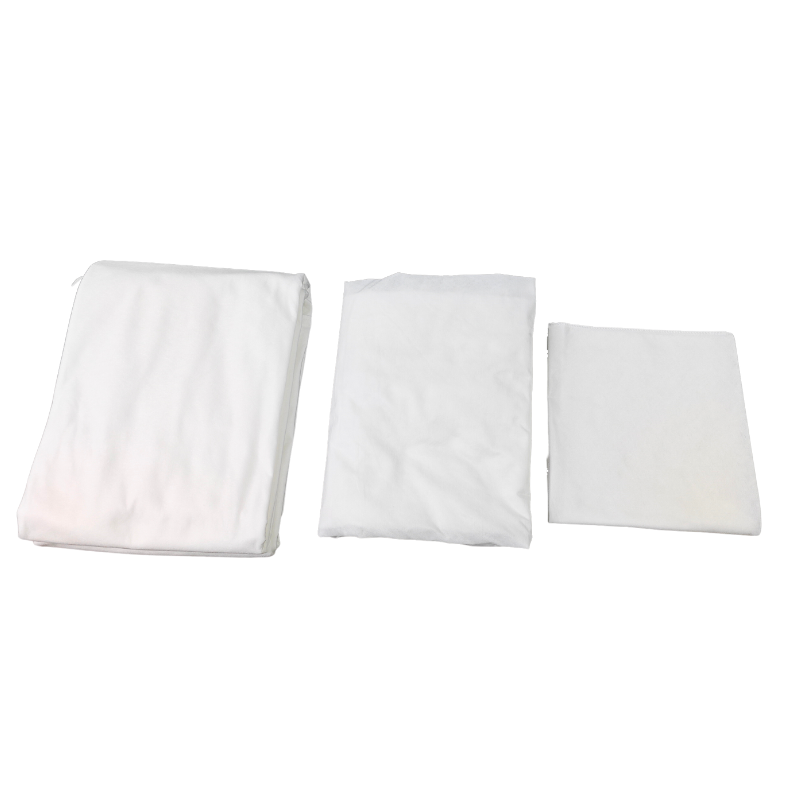
- Convenience: Disposable bedding is incredibly convenient, especially in settings like travel lodges, camping sites, or temporary housing. It offers a quick and easy way to provide fresh bedding without the need for laundry facilities.
- Comfort and Patient Satisfaction: Modern disposable bedding materials are designed to be light weight, breathble, and skin friendly. Which is comfortable and soft to lay on, contributing positively to patient or guest satisfaction. This is particularly important in healthcare settings, where patient comfort is a crucial aspect of care.
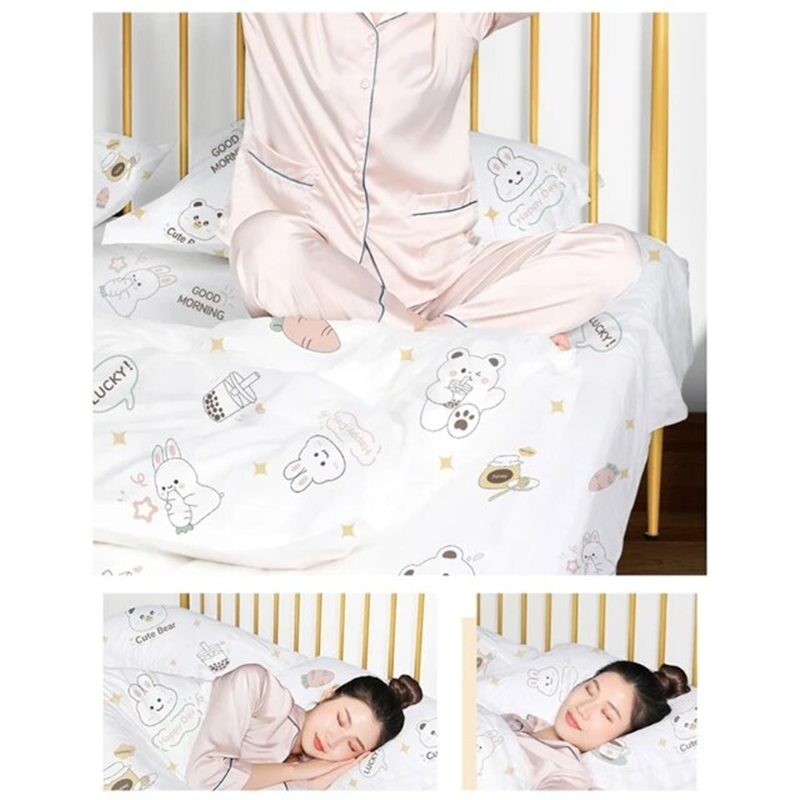
- Reduced Environmental Impact of Laundering: Although disposable products have their own environmental impact, using them can reduce the water and energy consumption associated with traditional laundering processes. Some disposable bedding options are made from biodegradable materials, further mitigating environmental concerns.
- Allergy Management: Disposable bedding can be beneficial for allergy sufferers, as it reduces the potential accumulation of allergens like dust mites, which are often prevalent in reusable fabrics.
- Versatility and Range of Options: The market for disposable bedding offers a variety of options, from basic sheets to complete sets, and even specialized products for specific needs. This variety ensures that different settings can find products that suit their particular requirements.
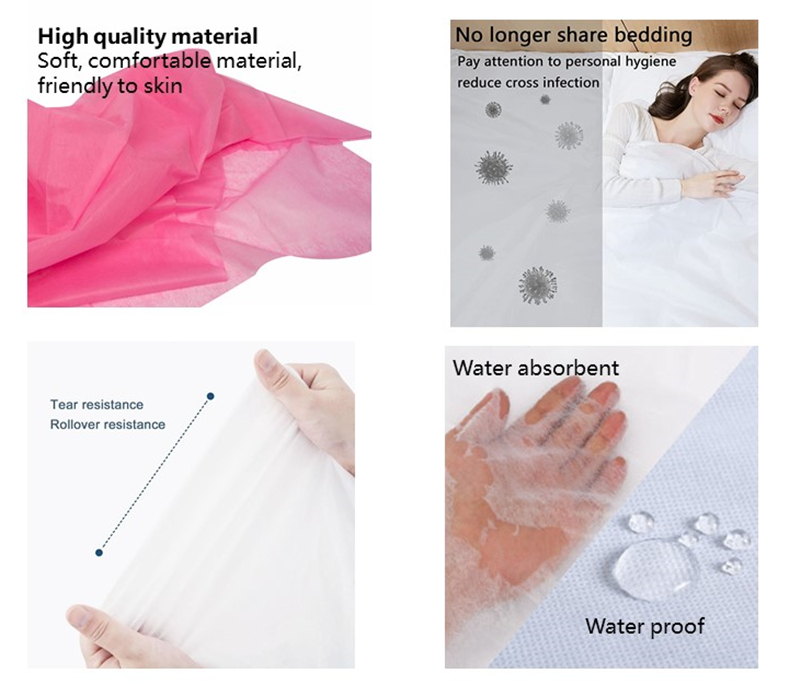
Considering the Right Fit and Size
Selecting the right fit and size for your disposable sheets is crucial for ensuring maximum comfort and functionality. Just like traditional bedding, disposable sheets come in various sizes to match different mattress dimensions. Here’s a guide to help you make the right choice:
- Know Your Mattress Size: Before purchasing, it’s vital to know the exact size of your mattress. Common sizes include:
- Twin: Typically measures around 39 inches by 75 inches. Ideal for single sleepers and is commonly used in children’s rooms or smaller guest rooms.
- Queen: Measures approximately 60 inches by 80 inches, providing ample space for couples or individuals seeking more room.
- King: At about 76 inches by 80 inches, king-size sheets offer plenty of space for couples who prefer extra room.
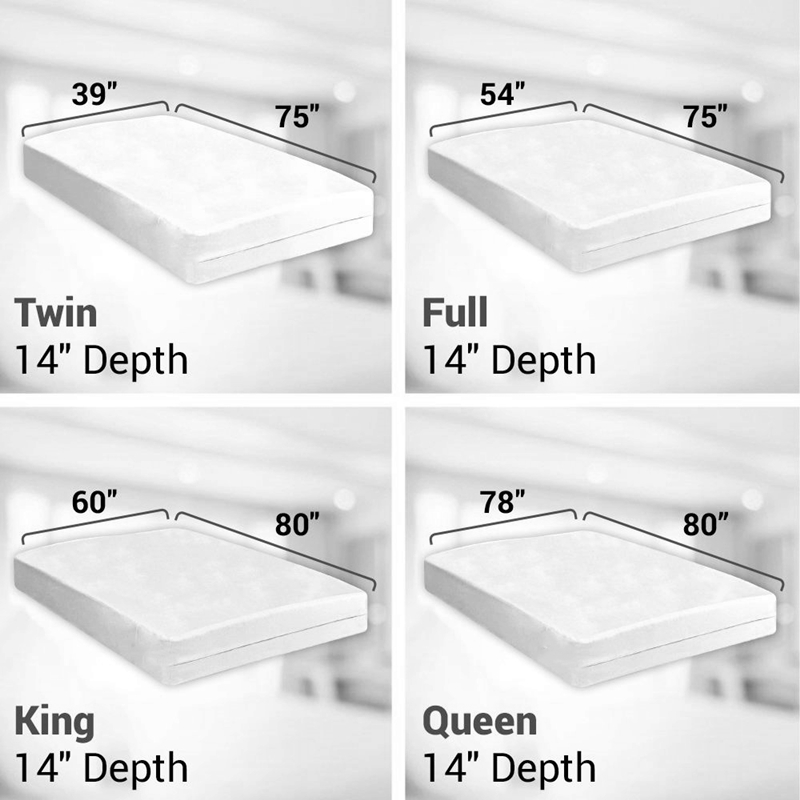
- Consider the Depth of Your Mattress: With mattresses varying in thickness, especially with additions like pillow-tops or mattress toppers, it’s important to consider the depth. For thicker mattresses, you may need sheets with deeper pockets to ensure a snug fit.
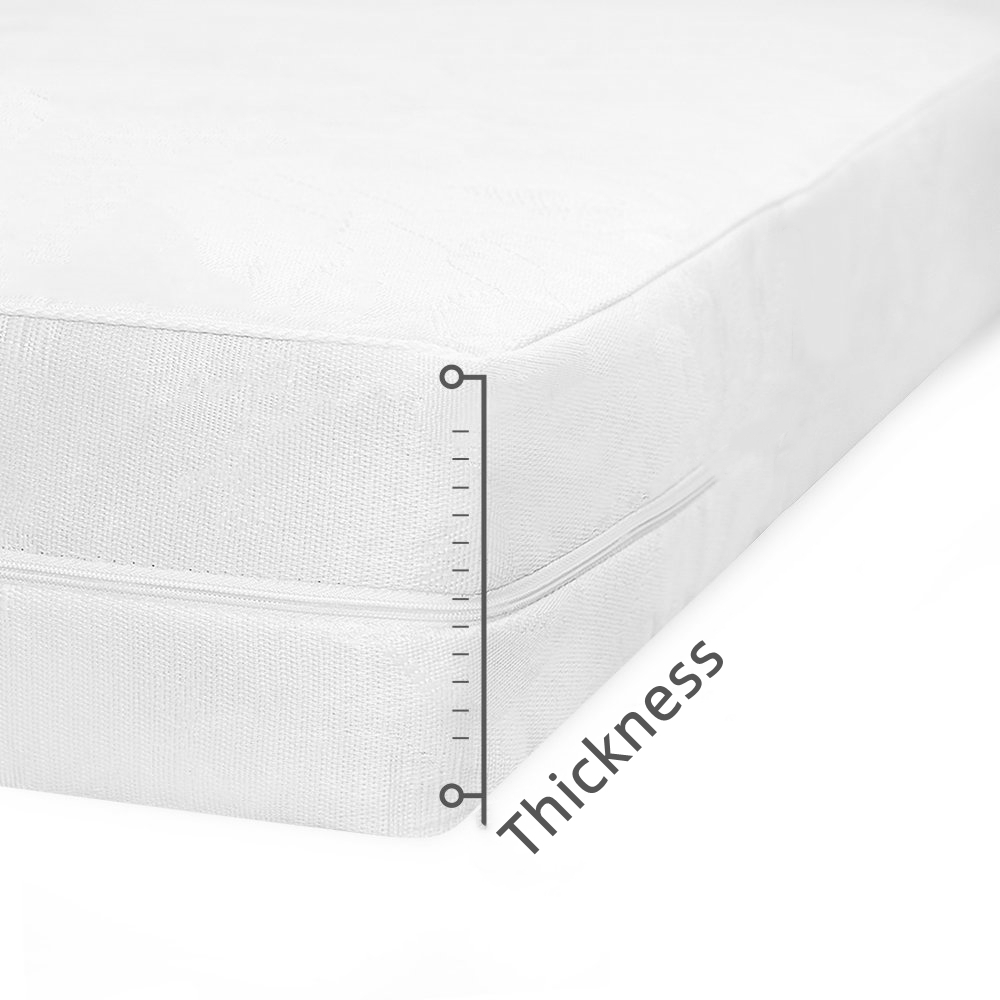
- Fitted vs. Flat Disposable Sheets: Fitted disposable sheets are designed to hug the contours of the mattress, making them less likely to slip off during use. Flat sheets, on the other hand, are more versatile but may require more effort to keep in place.
- Specialty Sizes: For specialized healthcare settings, such as pediatric or bariatric care, you might encounter non-standard mattress sizes. In such cases, look for suppliers who offer custom-sized disposable sheets to ensure a proper fit.
- Functionality and Comfort: The right fit is about more than just dimensions. A well-fitting sheet enhances the overall comfort of the bedding. It should stay in place, without bunching up or coming loose, to provide a smooth, comfortable surface for the user.
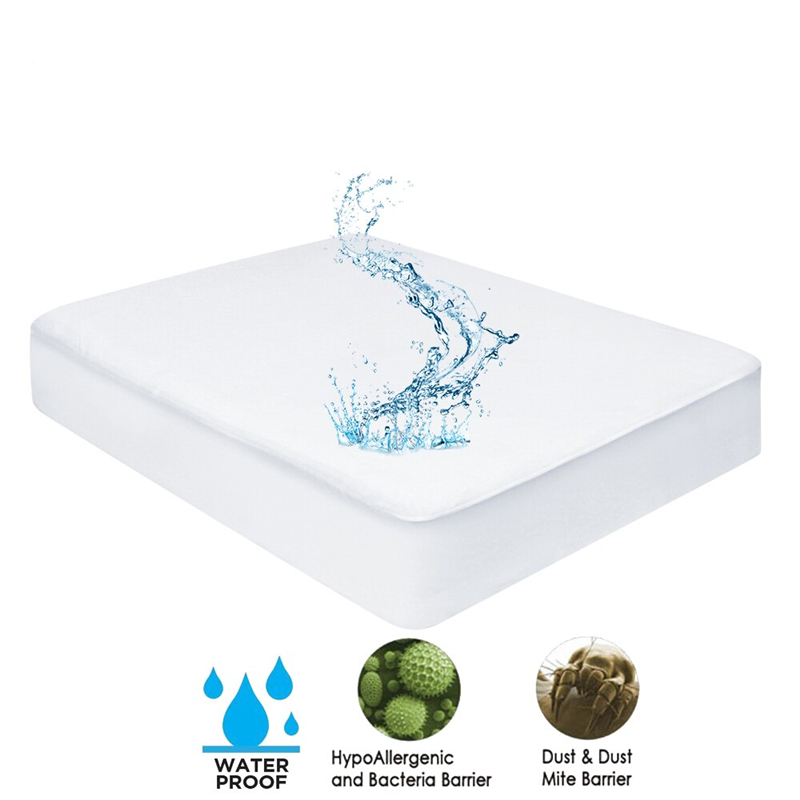
- Check the Specifications: When purchasing disposable sheets, always check the product specifications for size and fit. This is particularly important when buying online where you can’t physically check the product.
- Bulk Purchases for Facilities: For hospitals, hotels, or other facilities requiring bulk purchases, it’s wise to standardize mattress sizes where possible. This simplifies the procurement process and ensures a consistent fit across all beds.
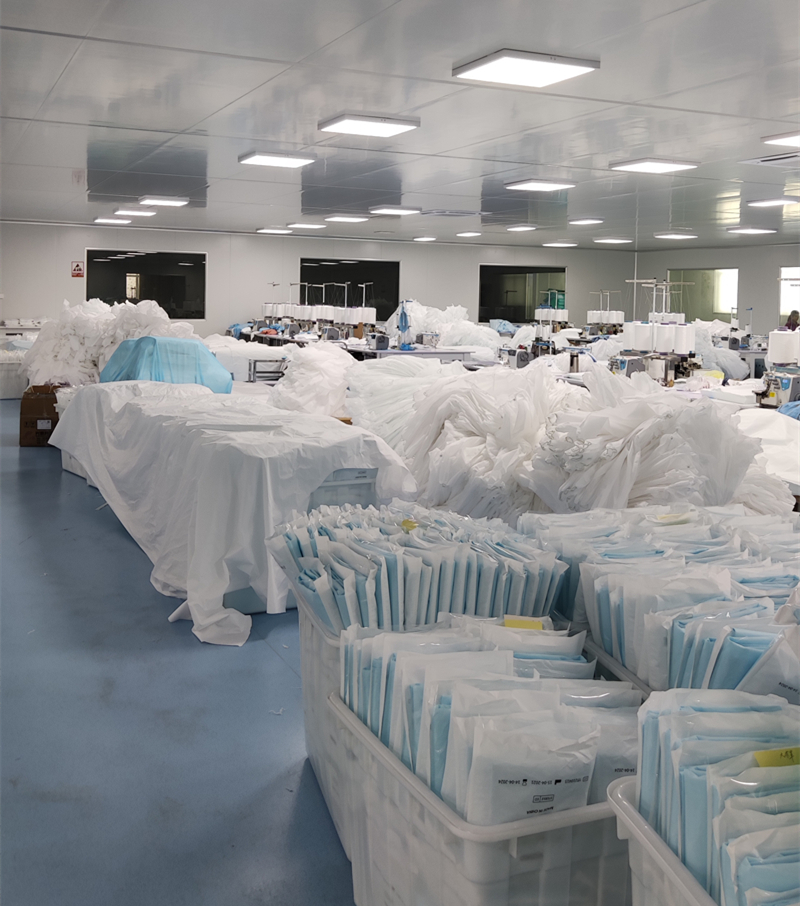
Pricing and Budget Considerations
Talking about price, disposable linens can range from very affordable to more premium options. It’s about finding the value for money – balancing cost with quality, especially if you’re purchasing in bulk for a facility or business.
Conclusion
Choosing the right disposable linen might seem daunting, but it’s all about understanding your needs and the options available. Whether it’s for a hospital, a hotel, or personal use, the right choice can make all the difference in terms of comfort, hygiene, and convenience.
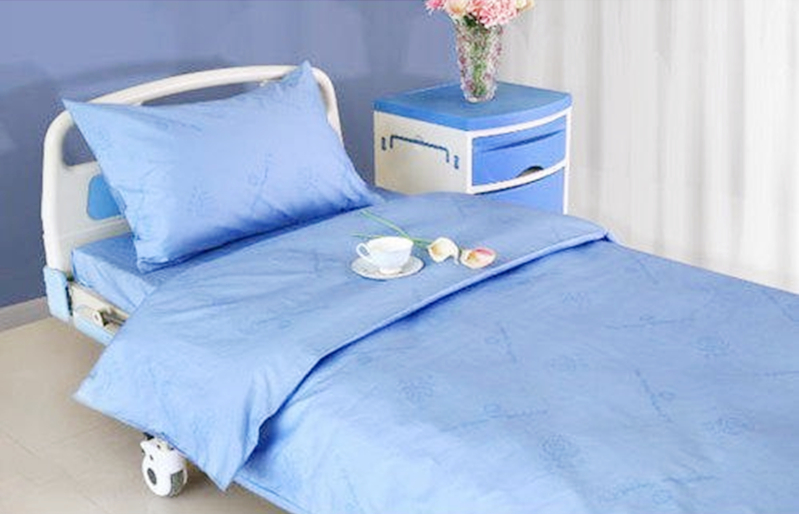
FAQs
- What are the best materials for disposable linen?
- The best materials are those that balance durability, comfort, and hygiene, such as PP, SMS, and Spunlace.
- How often should disposable linens be changed?
- It depends on the usage, but typically, they are designed for single use, especially in healthcare settings.
- Can disposable linens be recycled?
- Some disposable linens are made from biodegradable materials, but recycling options depend on local facilities.
- Are disposable linens suitable for sensitive skin?
- Many disposable linens are made with skin-friendly materials, but it’s always best to check the specific product details.
- How do I choose the right size for my bed?
- Measure your mattress and compare it to the dimensions provided for the linens, considering both size and depth.

